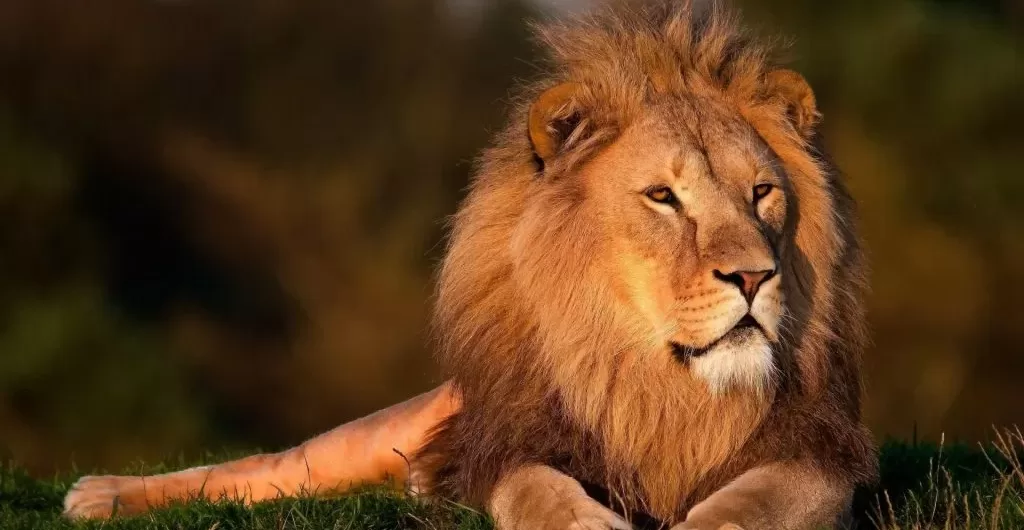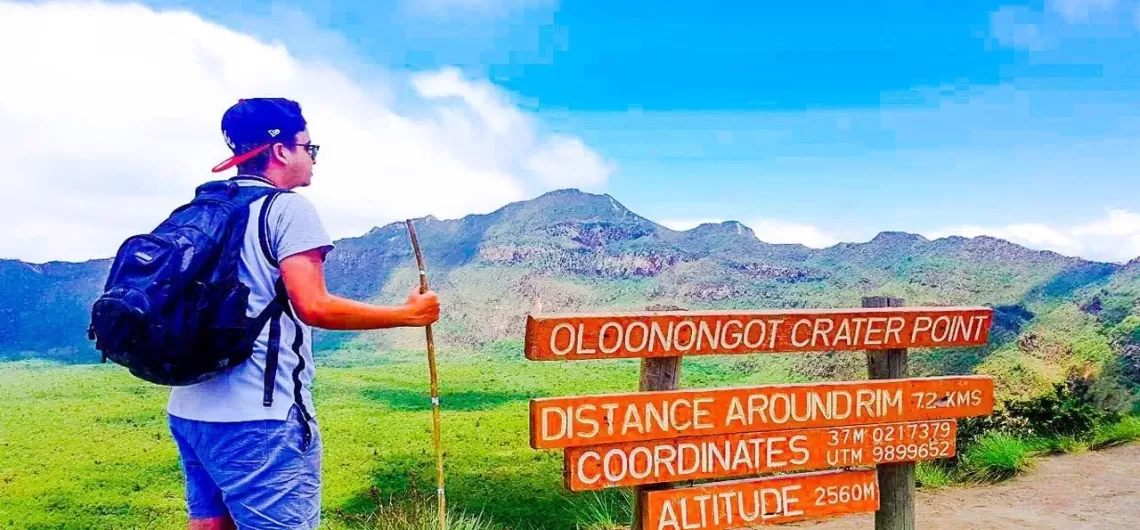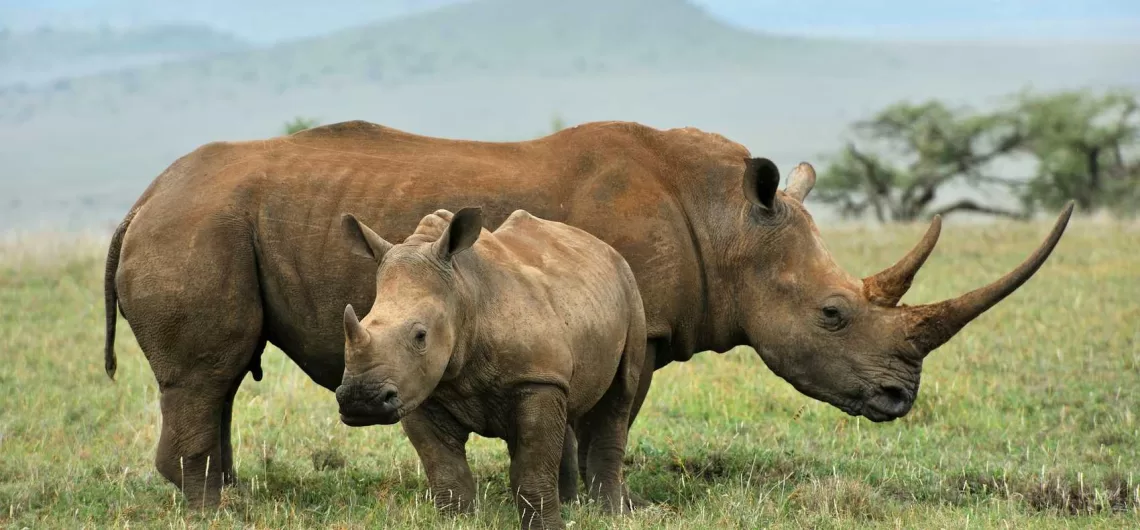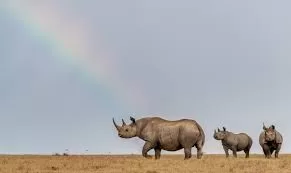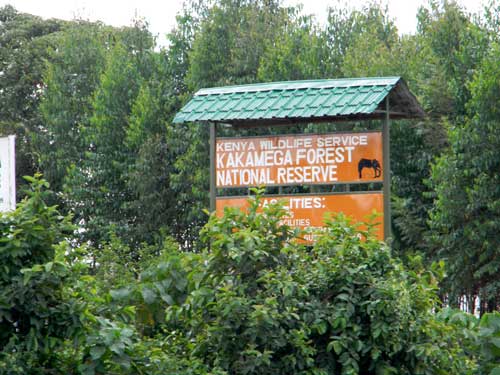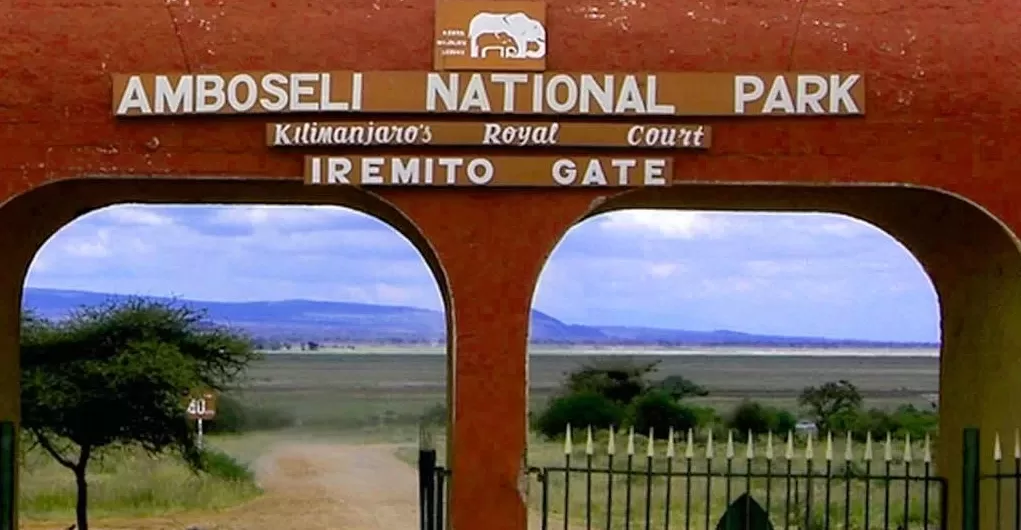Kenya travel highlights
Kenya, a country located in East Africa, is known for its diverse landscapes, wildlife, and vibrant culture. Here are some of the top highlights of traveling to Kenya:
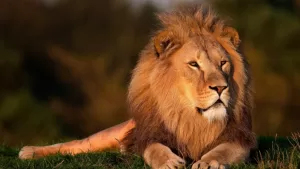
- Kenya’s incredible wildlife, including the famous Big Five (lion, leopard, elephant, buffalo, and rhino), is well-known. Visitors can go on safari drives through national parks such as the Maasai Mara, Amboseli, and Tsavo.
- Beaches: Kenya has some beautiful beaches along its coast, including Diani Beach and Watamu Beach. Visitors can enjoy water activities such as snorkeling, diving, and swimming.
- The Maasai people, who are an indigenous tribe in Kenya, actively maintain their distinctive dress, traditional music, and dance as part of their culture. Visitors can visit Maasai villages to learn more about their way of life.
- Mount Kenya: Mount Kenya is the highest mountain in Kenya and the second-highest peak in Africa. Visitors can go on guided hikes to explore the mountain’s scenic trails and take in breathtaking views.
- Lake Victoria: Lake Victoria is the largest lake in Africa and the second-largest freshwater lake in the world. Visitors can take boat tours to explore its islands and fishing villages.
- Nairobi: Kenya’s capital city, Nairobi, is a bustling metropolis with a vibrant culture and history. Visitors can explore its museums, markets, and restaurants.
- Giraffe Centre: The Giraffe Centre in Nairobi is a conservation center for the endangered Rothschild’s giraffe. Visitors can interact with the giraffes and learn about conservation efforts.
- Hot Air Balloon Safaris: Visitors can experience the Maasai Mara from a different perspective by taking a hot air balloon ride over the savannah.
- The unique Swahili architecture and culture of Lamu Island have earned it the status of a UNESCO World Heritage site. Visitors can explore its narrow streets, mosques, and markets.
- Bird Watching: Kenya is a birdwatcher’s paradise with over 1,100 species of birds. Visitors can go on bird watching safaris in national parks and reserves such as Lake Nakuru and Samburu.
Kenya Travel Tips
- Visa and Passport: You will need a valid passport and a visa to enter Kenya. You can obtain a visa upon arrival at the airport or apply for one beforehand online. Make sure your passport has at least six months of validity remaining.
- Health: Make sure to check with your doctor about any vaccinations you may need before traveling to Kenya. Malaria is also prevalent in many areas, so consider taking prophylaxis medication and using mosquito repellent.
- Safety: Kenya is generally safe for tourists, but it’s always a good idea to take precautions like avoiding unlit and deserted areas at night, and keeping an eye on your belongings in crowded areas.
- Transportation: Matatus (minibuses) are the most common mode of public transportation in Kenya, but they can be overcrowded and unsafe. Taxis are widely available in major cities, and you can also hire a driver or take a private car. Domestic flights are also a popular option for getting around Kenya.
- Accommodation: Kenya has a wide range of accommodation options, from luxury lodges to budget hostels. When booking accommodation, make sure to research the area and read reviews before booking.
- Food and Drink: Kenyan cuisine is diverse and flavorful, with influences from Indian, Middle Eastern, and African cuisine. Some popular dishes include ugali (a cornmeal porridge), samosas, and nyama choma (grilled meat). Make sure to drink bottled water and avoid street food that may not be properly cooked or stored.
- Wildlife: Kenya is known for its wildlife, and going on a safari is a popular activity for tourists. When viewing wildlife, always listen to your guide and keep a safe distance from animals.
- Cultural Etiquette: Kenyan culture is diverse and rich, with many different tribes and languages. When visiting local communities, it’s important to respect their customs and traditions. Dress modestly, ask permission before taking photos, and learn a few words in Swahili to show your respect.
